Introduction: How to Start an Organic Garden and Grow Chemical-Free Produce
Organic gardening has become increasingly popular in recent years as people become more conscious of the impact of chemicals on the environment and their health. Growing your own organic produce is not only better for the planet, but it also allows you to have control over what goes into your food. With a little bit of planning and effort, anyone can start their own organic garden and grow chemical-free fruits and vegetables.
Why Choose Organic Gardening?
Organic gardening is a method of growing plants without the use of synthetic fertilizers, pesticides, or other chemicals. Instead, organic gardeners use natural methods to promote plant growth and control pests. This not only reduces the amount of harmful chemicals in the environment but also produces healthier and more nutritious produce.
Getting Started with Organic Gardening
Starting an organic garden may seem daunting at first, but it is actually quite simple. The first step is to choose a location for your garden that receives at least six hours of sunlight per day. Next, you will need to prepare the soil by adding organic matter such as compost or aged manure. Once your soil is ready, you can start planting your seeds or seedlings.
Other important factors to consider when starting an organic garden include choosing the right plants for your climate, watering and fertilizing properly, and controlling pests naturally. With a little bit of research and effort, anyone can start an organic garden and grow their own chemical-free produce.
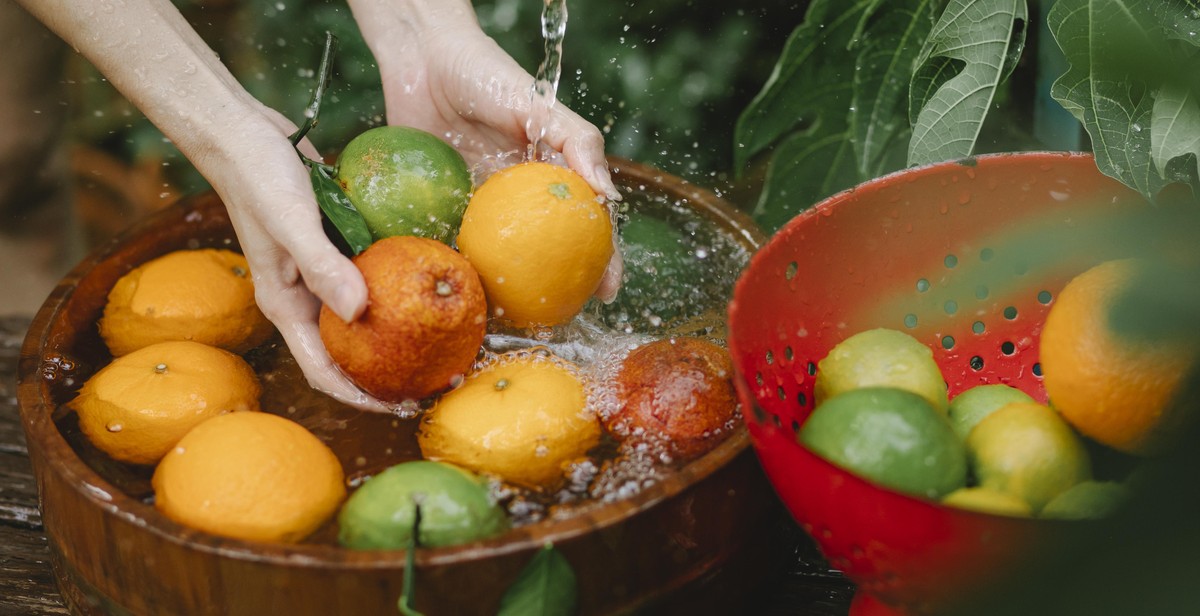
Why Start an Organic Garden
Organic gardening has become increasingly popular in recent years due to the numerous benefits it offers. Here are some reasons why you should consider starting an organic garden:
Benefits of Organic Gardening
Organic gardening involves the use of natural methods and materials to grow fruits, vegetables, and other crops. This means avoiding the use of synthetic pesticides, fertilizers, and genetically modified organisms (GMOs). By doing so, you can enjoy the following benefits:
- Healthier soil and plants
- Improved taste and quality of produce
- Reduced exposure to harmful chemicals
- Support for local ecosystems and biodiversity
- Lower carbon footprint
Environmental Impact of Chemicals
Using chemical pesticides and fertilizers can have a negative impact on the environment. These chemicals can contaminate soil and water, harm beneficial insects and wildlife, and contribute to air pollution. Organic gardening helps to mitigate these negative effects by using natural methods that promote a healthy and balanced ecosystem.
Health Benefits of Chemical-Free Produce
Consuming chemical-free produce can have a positive impact on your health. Studies have shown that exposure to synthetic pesticides and fertilizers can increase the risk of certain health problems, including cancer, neurological disorders, and reproductive issues. By growing your own organic produce, you can reduce your exposure to these harmful chemicals and enjoy the health benefits of fresh, nutrient-rich food.
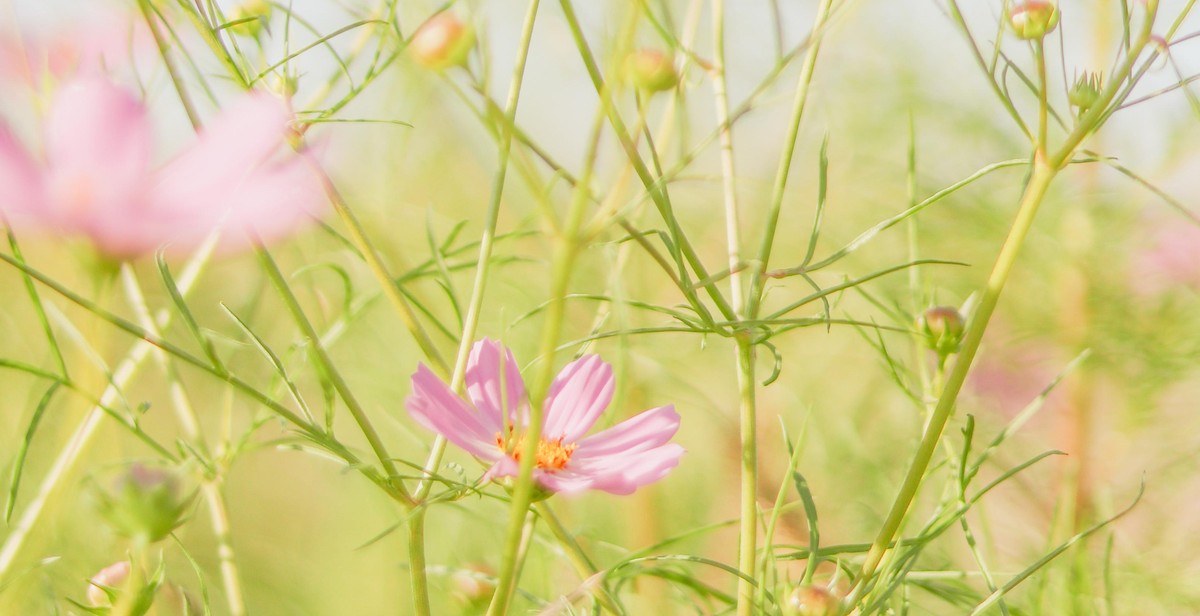
Choosing the Right Location
When it comes to starting an organic garden, choosing the right location is crucial. Here are some factors to consider:
Sunlight and Shade
Most vegetables and fruits require at least 6 hours of direct sunlight daily. Therefore, it is important to choose a location that receives ample sunlight. However, some plants, such as lettuce, spinach, and other leafy greens, can tolerate partial shade. If your garden space is limited, consider using raised garden beds or containers that can be moved to take advantage of the sun’s movement throughout the day.
Soil Quality
The quality of the soil is another important factor to consider. Organic gardening relies on healthy soil to provide the necessary nutrients for your plants to grow. Conduct a soil test to determine the pH level, nutrient deficiencies, and soil type. If your soil is lacking in nutrients, consider adding compost or other organic matter to improve its quality.
Water Drainage
Proper water drainage is essential for a successful organic garden. Plants require adequate water to grow, but too much water can lead to root rot and other problems. Choose a location with good drainage and avoid areas where water tends to pool. If your soil has poor drainage, consider adding organic material or creating raised beds to improve drainage.
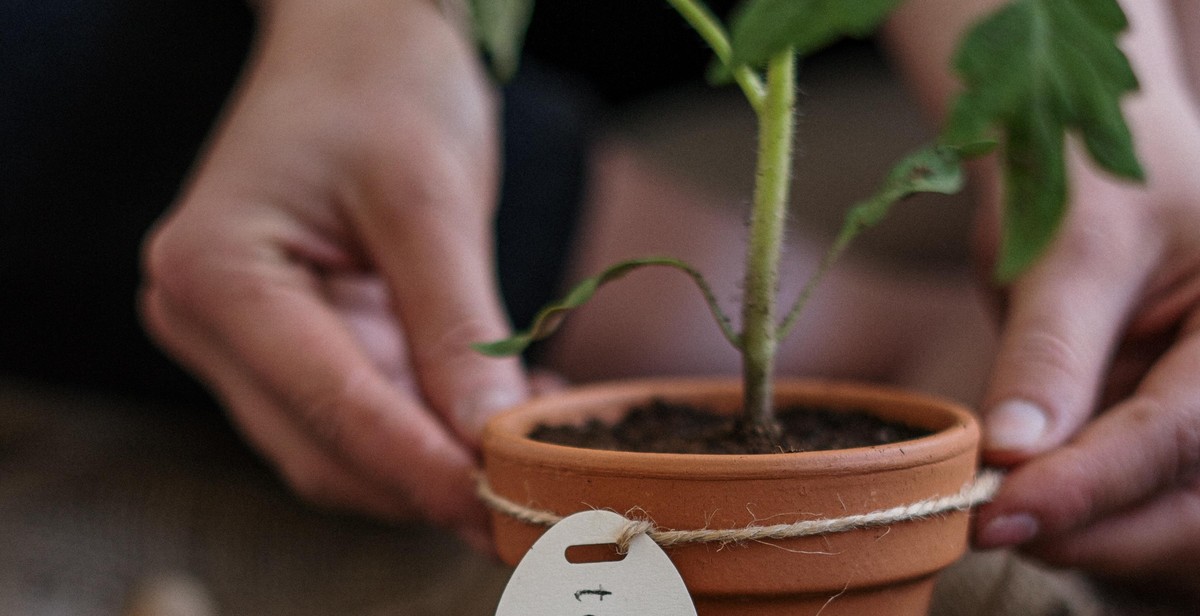
Preparing the Soil
Before you start planting in your organic garden, it is important to prepare the soil properly. Preparing the soil involves testing the soil, adding compost and fertilizer, and tilling and aerating the soil.
Testing the Soil
The first step in preparing the soil is to test it to determine its pH level and nutrient content. You can purchase a soil testing kit from a garden center or send a sample of your soil to a laboratory for testing. Testing your soil will help you determine what amendments your soil needs to support healthy plant growth.
Adding Compost and Fertilizer
Adding compost and fertilizer to your soil will help improve its texture and nutrient content. Compost is a natural fertilizer that is rich in organic matter and beneficial microorganisms. You can make your own compost or purchase it from a garden center. Fertilizer can be added to provide additional nutrients that may be lacking in your soil.
Tilling and Aeration
Tilling and aerating the soil helps to break up compacted soil and improve drainage. Tilling involves using a garden tiller or turning fork to loosen the soil. Aeration involves poking holes in the soil to allow air, water, and nutrients to penetrate deeper into the soil. Both tilling and aeration should be done before planting.
| Fertilizer | Benefits |
|---|---|
| Blood Meal | High in nitrogen |
| Bone Meal | High in phosphorus and calcium |
| Green Sand | Rich in minerals and trace elements |
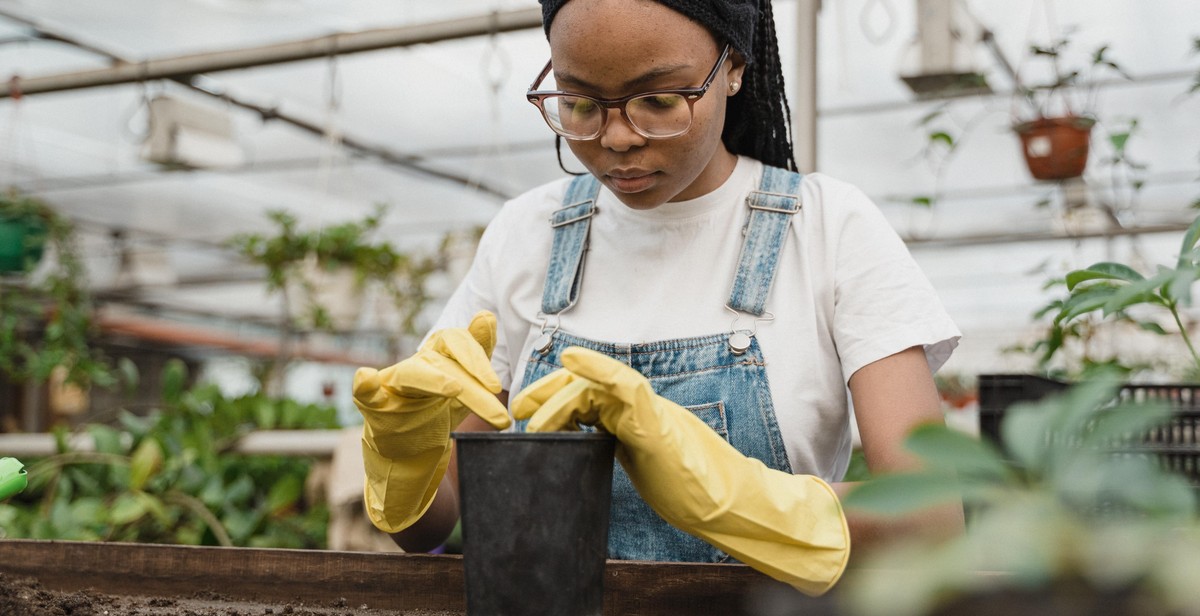
Selecting Seeds and Plants
Starting an organic garden is an excellent way to grow your own chemical-free produce. However, it is essential to choose the right seeds and plants for your garden. Here are some tips to help you select the best seeds and plants for your organic garden:
Choosing Organic Seeds and Plants
When you start an organic garden, it’s essential to choose organic seeds and plants. Organic seeds and plants are not treated with harmful chemicals that can harm the environment and your health. They are grown using sustainable methods that protect the soil, water, and air quality.
Selecting Plants for Your Climate
It’s important to choose plants that are suitable for your climate. Some plants thrive in hot, dry conditions, while others prefer cooler temperatures and more moisture. Choosing the right plants for your climate will help ensure their success and reduce the need for chemical treatments.
Companion Planting
Companion planting is the practice of planting different crops together to enhance their growth and protect them from pests. For example, planting marigolds with tomatoes can help repel pests that attack tomato plants. Choosing companion plants can help reduce the need for chemical pesticides and fertilizers.
| Benefits of Choosing Organic Seeds and Plants |
|---|
| 1. No harmful chemicals |
| 2. Sustainable growing methods |
| 3. Protection of soil, water, and air quality |
By following these tips, you can select the best seeds and plants for your organic garden. Choosing organic seeds and plants, selecting plants for your climate, and companion planting can help you grow healthy, chemical-free produce.

Planting and Maintenance
Planting Techniques
Before planting, prepare the soil by removing any weeds, rocks, or debris. Organic matter, such as compost or aged manure, can be added to improve soil structure and fertility. When planting, make sure to follow the spacing and depth recommendations for each type of plant. Some plants, like tomatoes and peppers, may need support from stakes or cages.
Watering and Weeding
Watering is essential for plant growth, but it’s important not to overwater. A good rule of thumb is to water deeply once a week, rather than giving plants frequent shallow watering. Weeding is also important to keep plants healthy and prevent competition for nutrients. Hand weeding or using a hoe are effective methods for removing weeds.
Pest and Disease Control
Preventing pest and disease problems is key to maintaining a healthy organic garden. One approach is to encourage beneficial insects, such as ladybugs and praying mantises, to control pest populations. Using organic pest control methods, such as neem oil or insecticidal soap, can also be effective. Diseases can be prevented by choosing disease-resistant plant varieties and practicing crop rotation.
| Planting Tips | Watering Tips | Pest and Disease Control Tips |
|---|---|---|
|
|
|
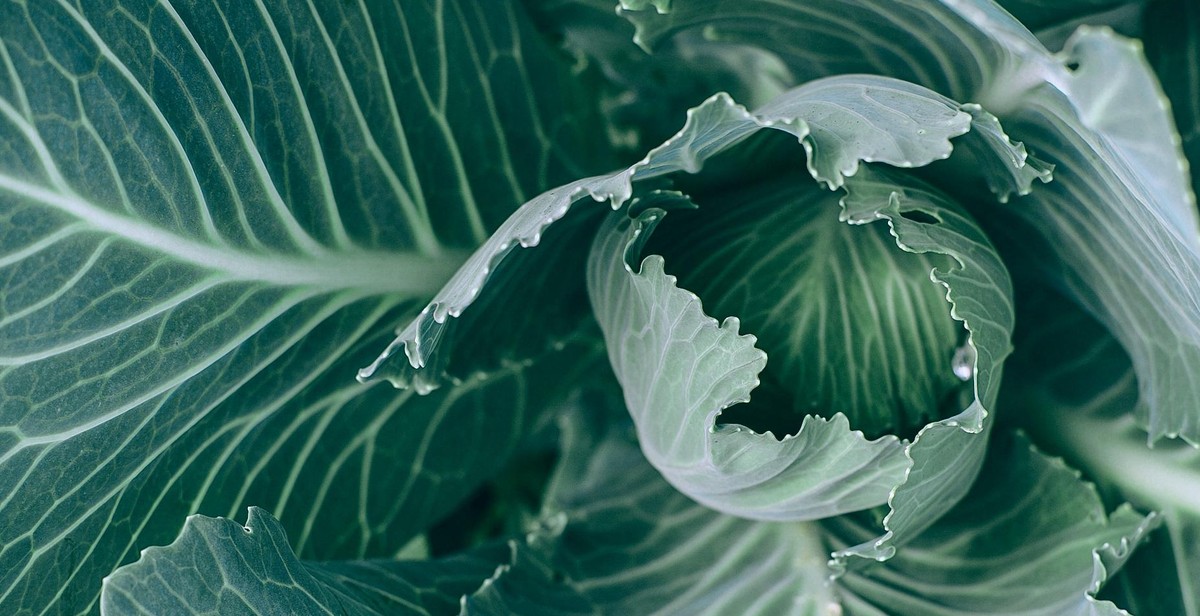
Harvesting and Storing
Knowing when to harvest your produce is key to getting the best flavor and nutrition. Here are some tips on when to harvest and proper harvesting techniques:
When to Harvest
Harvest times vary depending on the type of produce, but generally, it’s best to harvest in the morning when temperatures are cooler and plants are hydrated. Here are some signs that your produce is ready to be harvested:
- Fruit and vegetables are fully ripe and colorful
- Leaves begin to yellow or wilt
- Seeds are hard and dry
Proper Harvesting Techniques
Proper harvesting techniques not only ensure the best flavor and nutrition but also help prevent damage to the plant. Here are some tips:
- Use sharp pruners or scissors to avoid tearing or damaging the plant
- Harvest fruit and vegetables gently to avoid bruising
- Leave a small stem on the fruit or vegetable to help it last longer
- Harvest herbs before they flower for the best flavor
Storing Produce
Proper storage ensures that your produce stays fresh and flavorful. Here are some tips:
| Produce | Storage Method |
|---|---|
| Leafy Greens | Wrap in damp paper towels and store in a plastic bag in the refrigerator |
| Tomatoes | Store at room temperature away from direct sunlight |
| Root Vegetables | Store in a cool, dark place like a root cellar or refrigerator |
| Herbs | Store in a jar with a small amount of water, like a bouquet, or wrap in damp paper towels and store in a plastic bag in the refrigerator |
Following these tips will help you get the most out of your organic garden and ensure that your produce stays fresh and flavorful for as long as possible.
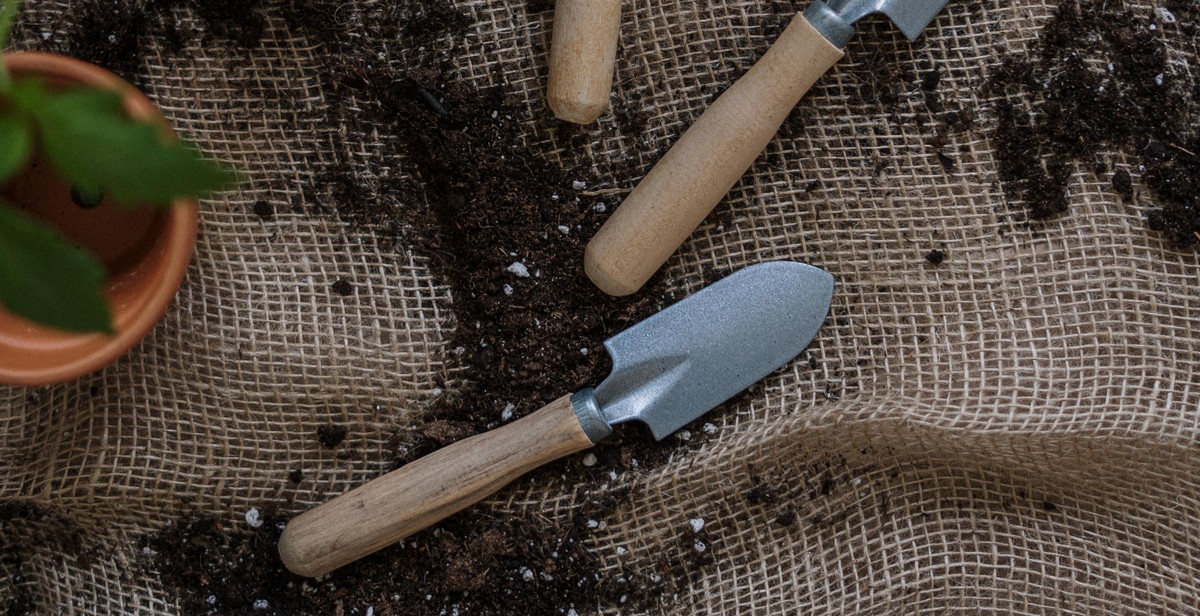
Conclusion
Starting an organic garden is not only good for your health and the environment, but it can also be a fun and rewarding experience. By following the tips and guidelines outlined in this article, you can grow chemical-free produce that is not only delicious but also packed with nutrients.
Remember that organic gardening requires patience, dedication, and hard work. It may take some time to master the techniques and skills needed to grow healthy and thriving plants, but the results are worth it.
Whether you are a seasoned gardener or a beginner, there are plenty of resources available to help you along the way. From organic gardening books and websites to local gardening clubs and community gardens, there are many ways to learn and connect with other like-minded individuals.
So, what are you waiting for? Start planning your organic garden today and enjoy the many benefits that come with growing your own chemical-free produce. Not only will you be doing your part to protect the environment and support sustainable agriculture, but you will also be improving your health and well-being in the process. Happy gardening!
